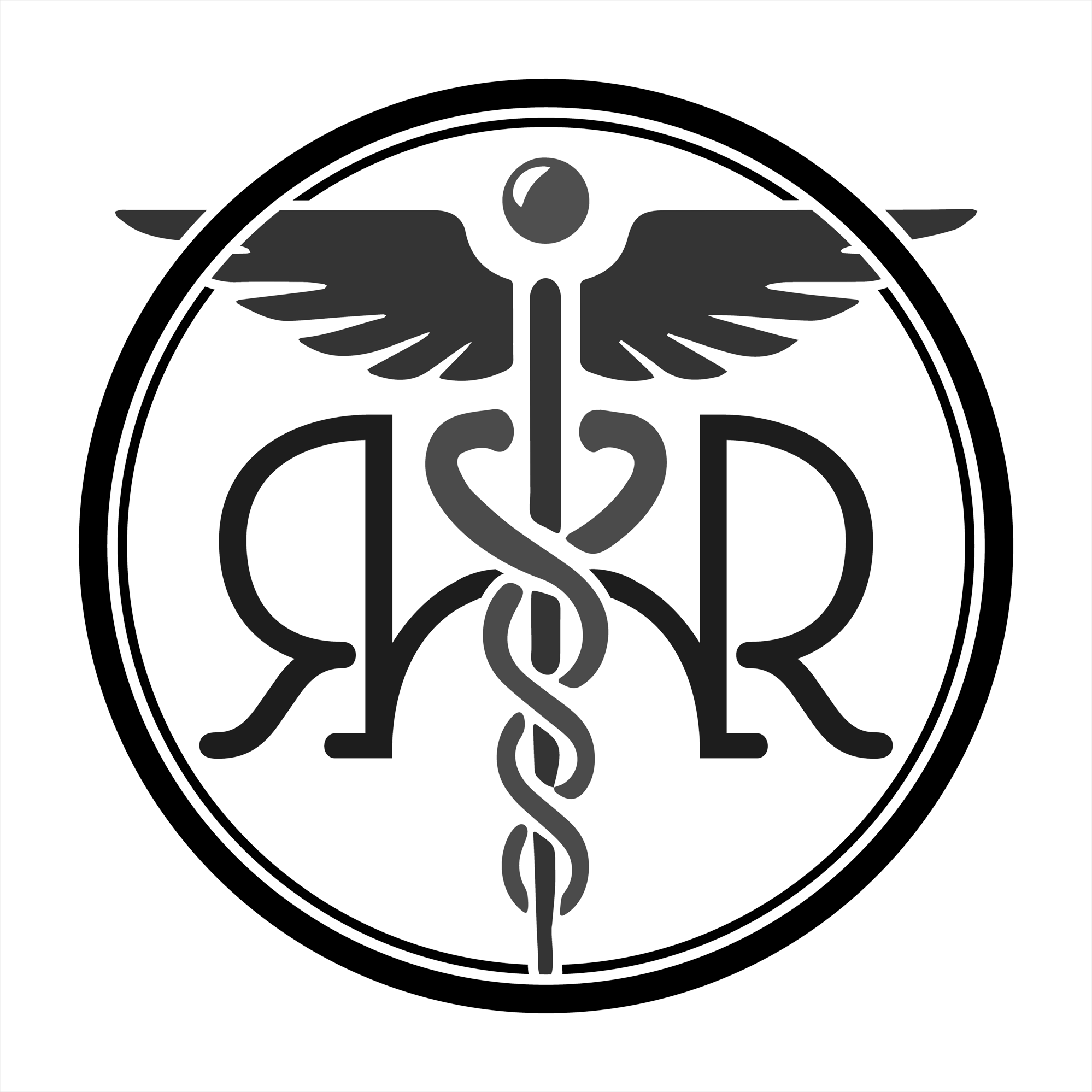A Fast, Body-Based Tool for Trauma, PTSD, and Autonomic Overwhelm
Not all wounds are visible—and not all healing begins in the mind.
When trauma hits, the rational brain often goes offline. The nervous system takes over, triggering intense reactions: panic, freeze, shutdown, hypervigilance. For many living with PTSD or complex trauma, this isn’t occasional—it’s daily reality. The body is locked in survival mode.
But there’s a way back. And it doesn’t start with thinking. It starts with the eyes. With the breath. With the autonomic nervous system.
This is a simple tool you can use anywhere, anytime. It’s grounded in solid neuroscience, and when repeated consistently, it helps retrain your body and brain to know that you’re safe—even when old memories or reflexes suggest otherwise.
A Quick Primer on the Autonomic Nervous System
The autonomic nervous system (ANS) governs everything you don’t consciously control—heartbeat, digestion, breathing patterns, pupil dilation. It has two major branches:
- The sympathetic nervous system (SNS): fight, flight, or freeze
- The parasympathetic nervous system (PNS): rest, digest, and repair
Trauma often locks us into a chronic sympathetic state, where the body constantly scans for danger. Even when there’s no threat, the system acts as if there is.
To heal, we must physically teach the nervous system how to shift back into parasympathetic mode. Not with logic—but with signals the body understands.
The Science Behind the Tool: Eyes, Vagus Nerve, and Breath
Let’s break down the mechanism:
1. Eye Movement and the Oculocardiac Reflex (OCR)
When you shift your gaze laterally—looking far to the left or right without moving your head—and hold it there, something profound happens.
You engage a reflex arc between the extraocular muscles and the vagus nerve, called the oculocardiac reflex. This reflex causes a slowing of the heart rate and can reduce blood pressure—hallmarks of parasympathetic activation.
Crucially, this eye movement taps into deep brainstem circuits involved in threat detection and safety mapping. It’s not just a muscle movement—it’s a signal that the environment is non-threatening.
2. Breathwork: The 4:8 Pattern (And How to Scale It)
Pair that eye position with this breathing rhythm:
- Inhale through the nose for 4 seconds(Nasal breathing boosts nitric oxide—supporting oxygen efficiency and calm)
- Exhale for 8 seconds through pursed lips or a soft ‘haaah’ sound(Extended exhalation activates the parasympathetic system)
This 1:2 ratio (inhale:exhale) is a well-documented method for vagal stimulation and nervous system regulation.
✅ Breathing Ratio Can Be Adjusted
The numbers can be tailored to your needs and capacity:
- Beginner ratios: 2:4 or 3:6
- Standard ratio: 4:8
- Advanced options: 5:10, 6:12, or even 10:20
The rule is simple:
The slower the breath—while still feeling comfortable—the better.
Never force it. Smooth, unstrained breathing is what signals safety to the nervous system.
How This Works for Trauma and PTSD
Here’s where it becomes transformative.
When a trauma response is triggered—by a sound, a look, a feeling—your body reacts instantly. Not with thought, but with reflex. It believes the past is still happening.
By practising this eye-and-breath reset in the moment of activation, you are:
- Interrupting the trauma loop at the body level
- Sending a direct message of safety to the brainstem
- Building new neurological associations between old triggers and calm responses
- Rewiring the body to return to present time—out of survival, into regulation
This is neuroplasticity in action. You are reshaping your trauma reflexes with new patterns of safety, one breath and one gaze at a time.
How and When to Practise
This isn’t just a one-off trick. It’s a daily regulation protocol—and a powerful in-the-moment tool when you’re triggered.
Practice Instructions:
- Duration: 5 to 10 minutes per session
- Frequency:
- Any time trauma, panic, or overwhelm is triggered
- At least 10 minutes every night before bed to support deeper sleep and vagal recovery
Technique:
- Sit comfortably or lie down
- Without turning your head, gaze all the way to the left (or right)
- Let your eyes rest and soften in that position
- Begin breathing:
- Inhale through your nose for 4 seconds (or whatever your ratio allows)
- Exhale slowly through pursed lips or a soft “haaah” sound for 8 seconds (or double the inhale)
- Repeat for 5–10 minutes
- You may alternate eyes, or stay with the side that feels most calming
Add grounding touch (hand over heart or belly) for additional nervous system feedback.
Signs That It’s Working
As your body shifts into parasympathetic dominance, you may notice some or all of the following:
- Increased salivation (a strong indicator of vagal activation)
- A subtle tingling in the limbs or face
- Yawning or sighing spontaneously
- A wave of calm, warmth, or safety
- Reduced mental chatter or restored focus
- A sense of emotional distance from the trigger
These are signs of progress. Each one means your nervous system is responding and beginning to rewire. With consistent practice, these signs appear faster and last longer.
The Bottom Line
You don’t need to out-think your trauma.
You need to out-signal it.
The eyes and the breath are ancient, body-level switches—direct access points to the nervous system’s control panel. And you don’t need years of therapy to use them. Just attention, consistency, and 10 quiet minutes.
Over time, this becomes more than a momentary reset. It becomes a body-led rewiring of safety.
You are not broken. Your system is protecting you.
And now, you’re showing it how to stand down.
